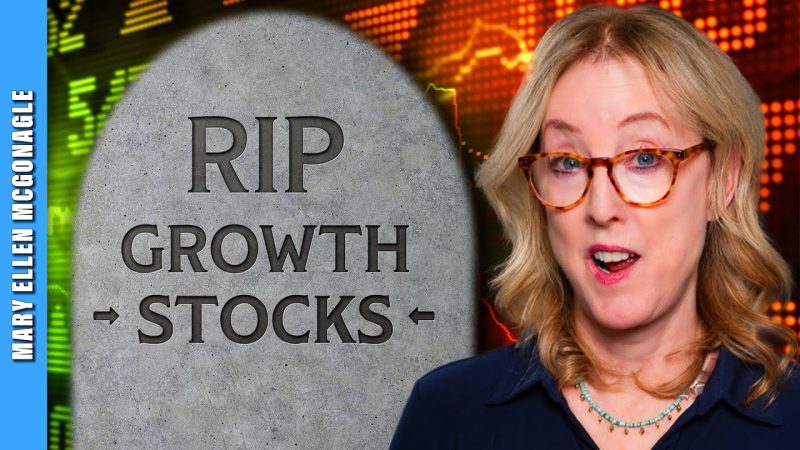In the fast-paced world of investing, growth stocks have long been the darlings of many investors. These are typically companies exhibiting strong revenue and earnings growth, outpacing their competitors and the broader market. However, recent market trends and shifts have raised questions about the future prospects of growth stocks and whether it’s game over for this favored investment strategy.
One major factor that has sparked concerns about the sustainability of growth stocks is the rise in interest rates. As interest rates increase, the cost of borrowing rises, making it more expensive for companies to fund their growth initiatives. This can lead to a slowdown in revenue and earnings growth for growth stocks, as they may have to cut back on investments in research and development, marketing, or expansion.
Moreover, rising interest rates can also make bonds and other fixed-income investments more attractive to investors compared to growth stocks. As a result, there may be a shift in investor preference away from growth stocks towards more stable and less volatile assets, putting downward pressure on the prices of growth stocks.
Another challenge facing growth stocks is the increasing competition in many industries. As new entrants disrupt traditional markets and established players face threats from innovative startups, the competitive landscape becomes more crowded and challenging for growth stocks to maintain their dominance. This can lead to margin pressures, lower pricing power, and reduced profitability for growth companies, impacting their ability to sustain high growth rates.
Furthermore, macroeconomic factors such as global trade tensions, geopolitical risks, and regulatory changes can also create headwinds for growth stocks. Uncertainties in the business environment can make investors more risk-averse, leading them to seek safer investment options and moving away from growth stocks, which are generally considered riskier due to their higher volatility and sensitivity to market fluctuations.
Despite these challenges, it is crucial to note that not all growth stocks will face the same fate. Some companies may be better positioned to weather the storm and continue to deliver strong growth in the long term. Those with solid fundamentals, a unique competitive advantage, and a resilient business model are more likely to thrive even in a challenging environment.
In conclusion, while the outlook for growth stocks may seem uncertain in the face of rising interest rates, increased competition, and broader market risks, it is important for investors to conduct thorough research and due diligence before making investment decisions. Diversification across different asset classes and investment styles can help mitigate risks and capture opportunities in a dynamic market environment. Growth stocks may face headwinds, but for the savvy investor, there are still opportunities to be found in this ever-evolving landscape of investment opportunities.




























